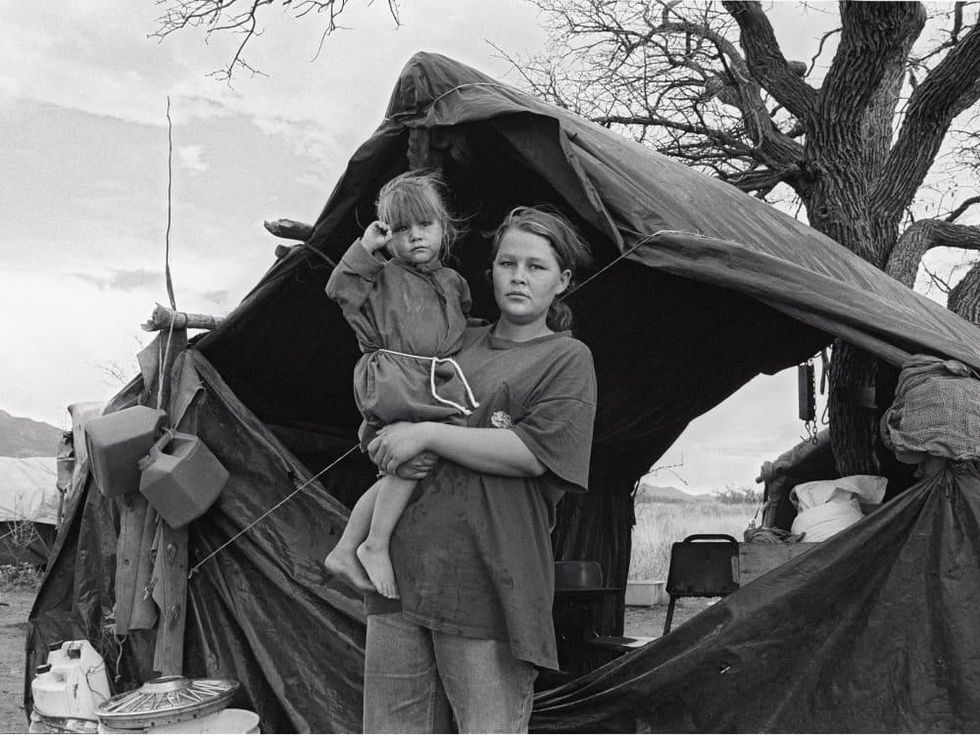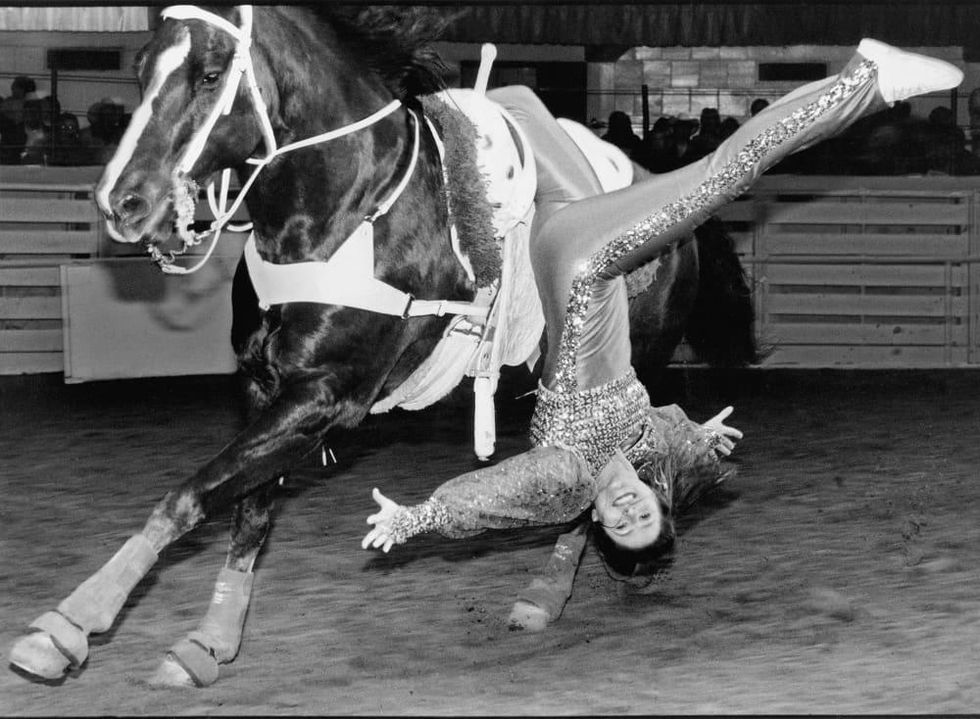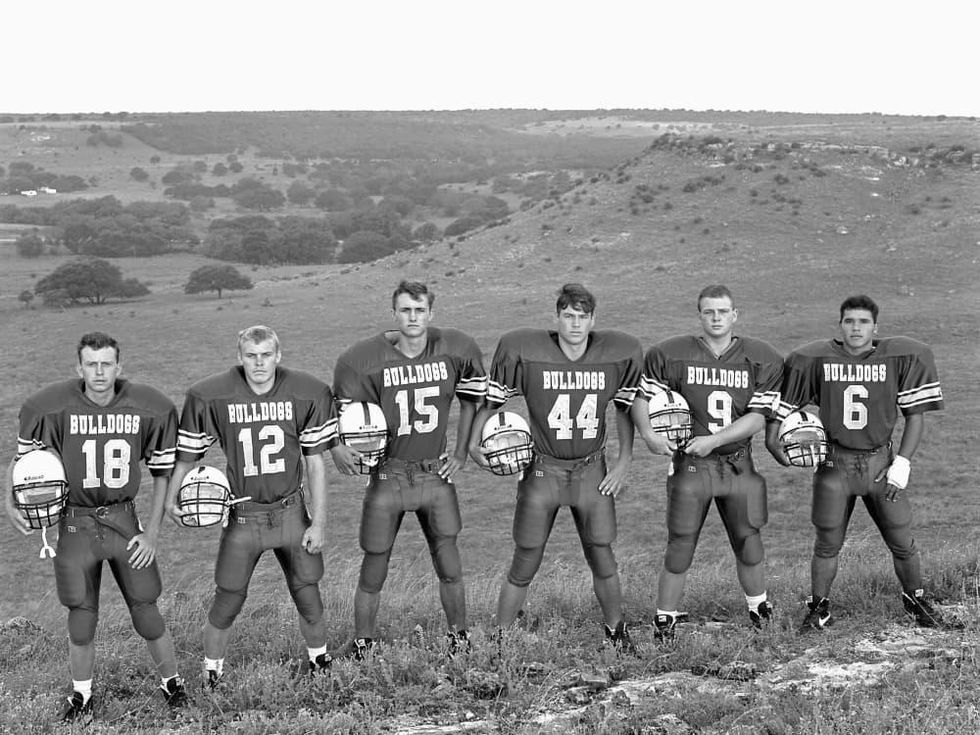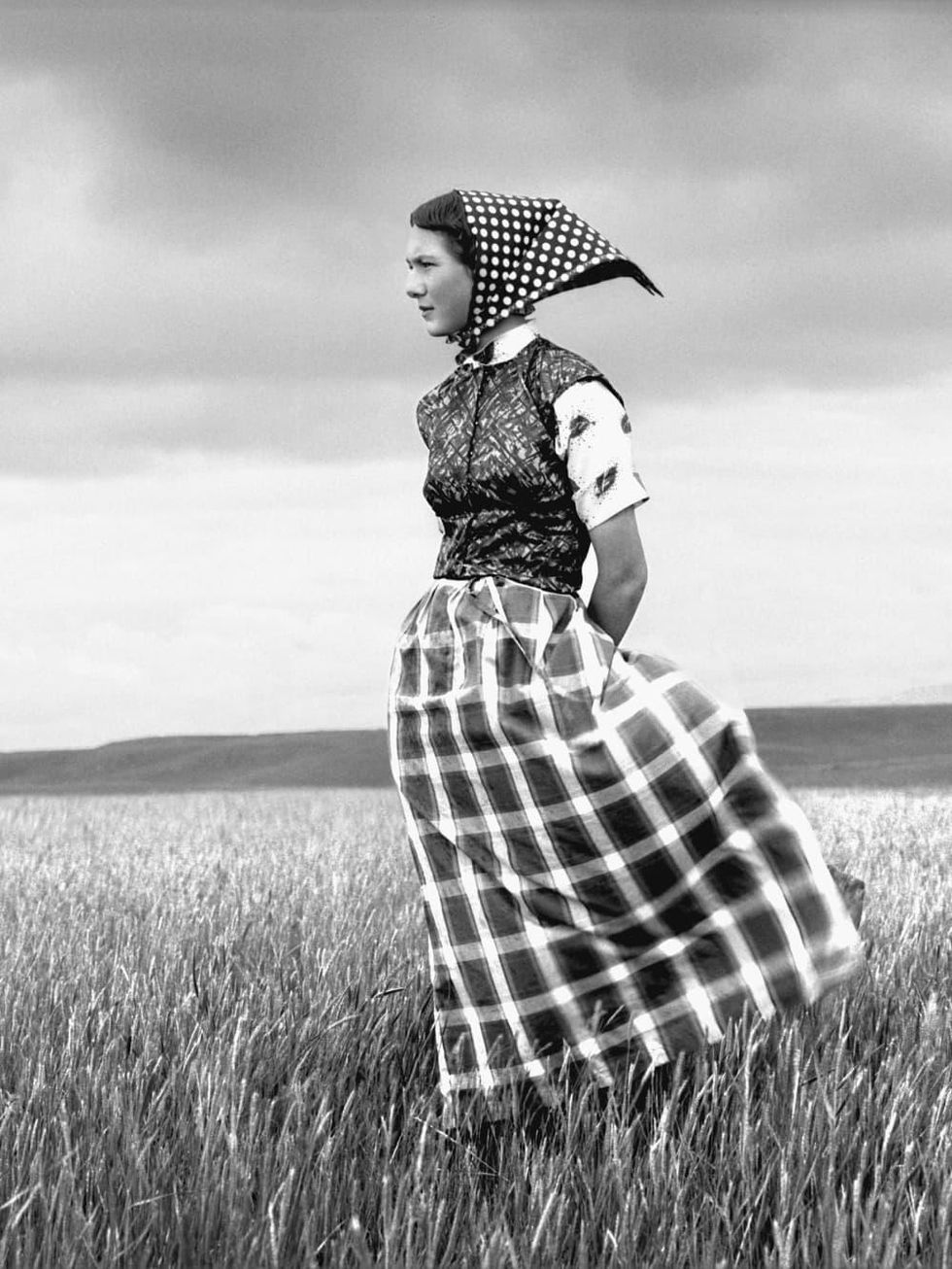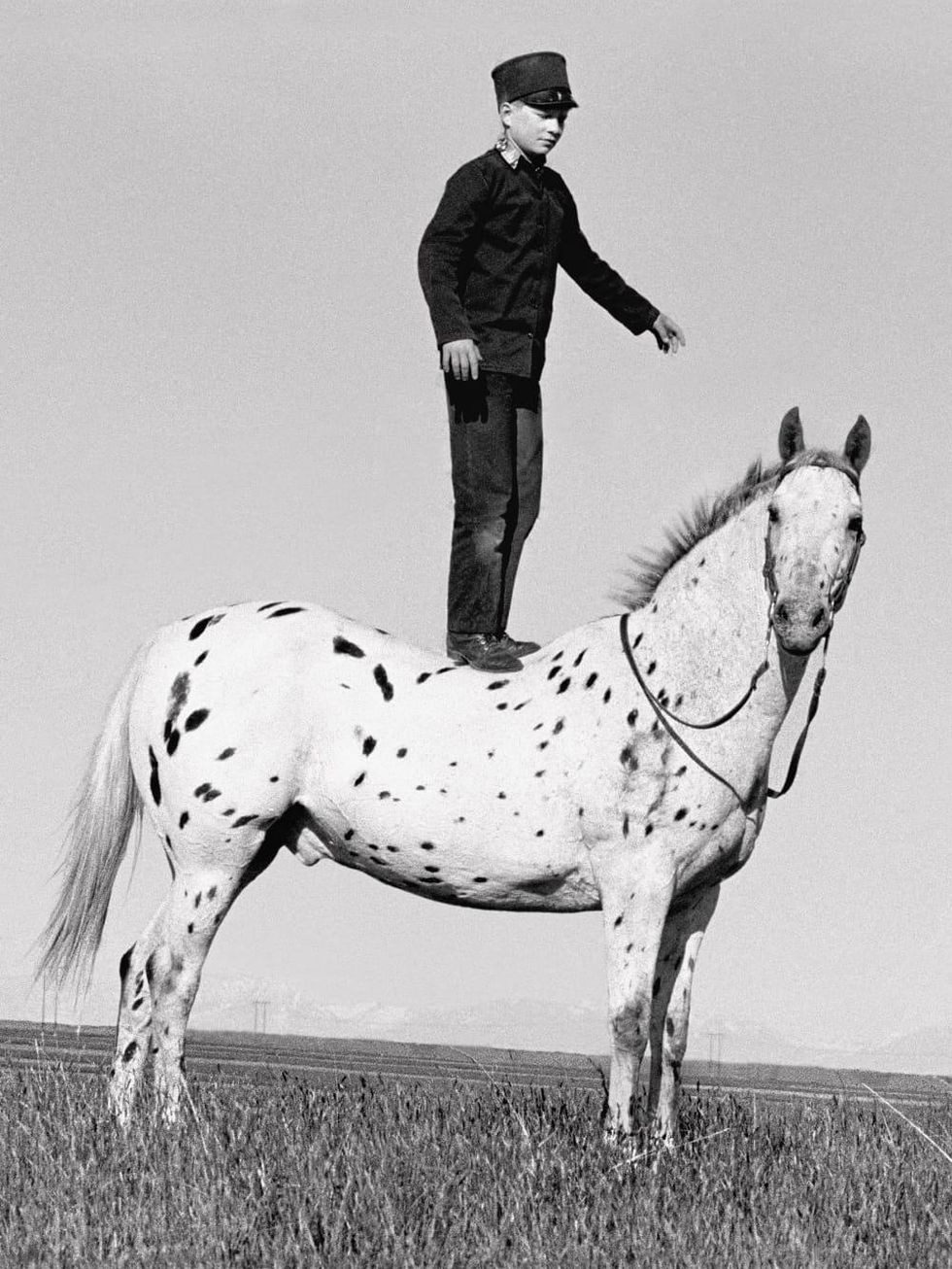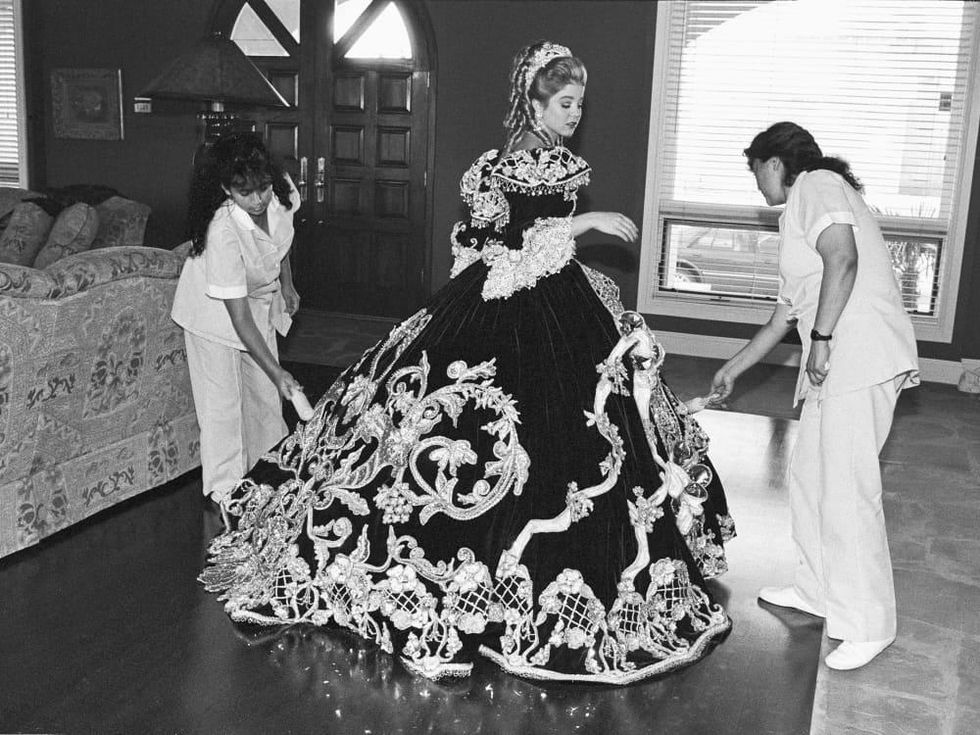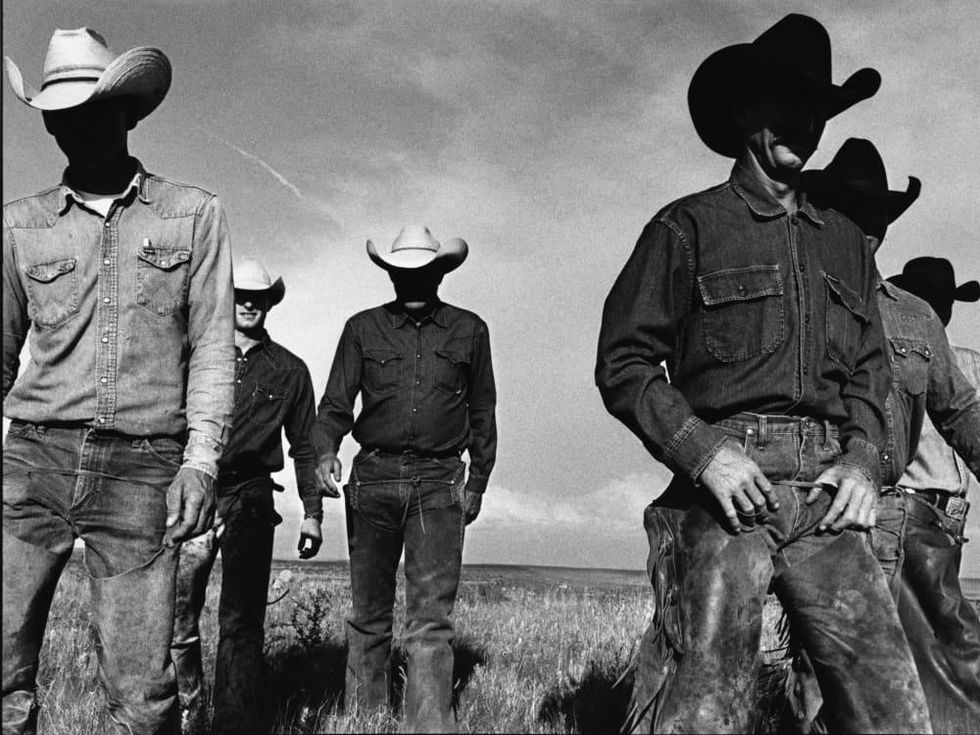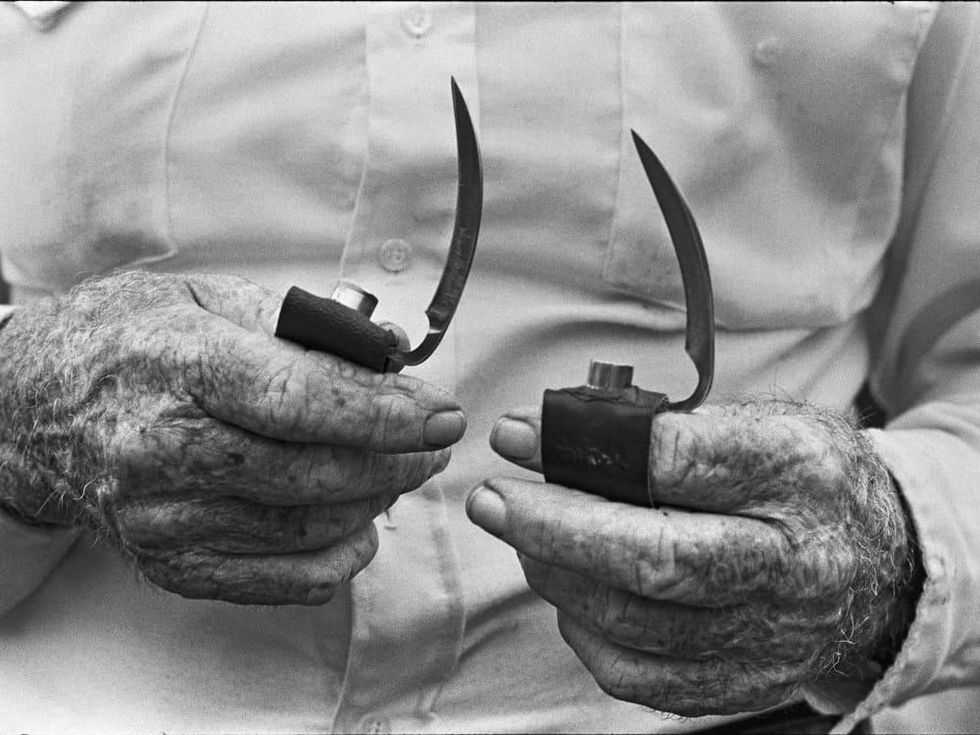Through Laura WIlson's Lens
Famous Dallas photographer uncovers soulfulness of American West
Cowboys stride through the tall grass, faces shaded by the brims of their hero hats. High school footballers stand at attention with all the pride that lights up a Friday night. A girl of the Hutterite faith clad in a checked kerchief gazes across the prairie, resembling nothing so much as a modern-day Christina’s World.
These glimpses into the wide-open spaces and visages of the American West are what make the photography of Laura Wilson unlike any other. Gathered together in the exhibition “That Day: Laura Wilson,” opening Saturday, September 5, at Fort Worth’s Amon Carter Museum of American Art, these 74 images are “like a series of short stories” to the photographer, ones that expand on her love for both the myth of the West and its contemporary reality.
The genesis of exhibition, which has a companion book released this October from Yale University Press, began as a series of conversations with SMU Clements Center for Southwest Studies Andrew Graybill.
“He approached me and asked if I was interested in doing a book about three years ago,” Wilson recalls. “I thought I would have to go out and take pictures, and then I began going through the material in 30 years’ worth of files and thought, ‘My heavens, I already have a book.’”
As a child growing up in Massachusetts, Wilson was enamored of the romance of the West depicted in the novels, movies, and songs of her generation. Moving to Dallas in 1966, she found the reality to be “not exactly like my imagination. But it was a small town, it was very open, and the people were all very appealing and willing to show things that were of interest.”
A photographer all her life and a photographic history buff, Wilson had the unique opportunity to explore the territory further when she was hired to assist Richard Avedon in 1979 with his classic In the American West project, an experience she says was “like going from the minor leagues to the majors in one giant leap.”
Traveling back and forth throughout six summers, she saw enough to know she needed to return. And, through assignments for the likes of the New Yorker, New York Times, and Washington Post, she did.
“I started thinking about the region in a very serious way,” Wilson says. “I wasn’t trying to debunk any myths. I was trying to show what I was seeing, and some of what I was seeing contributed to the myths, like fighter pilots in Colorado and Nevada that seemed to be an extension of the 19th century cowboy, yet they’re living and working out of the West today. That was interesting to explore.”
Throughout the years, she realized that the land — and its people — were both fragile and beautiful. Some subjects, like the mountain lion hunters she saw in the Big Bend area, may not exist in their current roles in another generation. Through all of her journeys, the one through-line was the soulfulness found in the faces of all she saw: trick riders, homecoming queens, and border guards alike.
“I think what struck me in looking back over all this work is I felt so lucky to be exposed to these people,” she says. “They were hard-working, often working with their hands, outside, they care about the environment and the land and the climate, so I was very moved by that. More than one story standing out, it’s the amalgamation of all of them that had the power to resonate with me.
“I had a rare opportunity to see a variety of people doing so many different things in many places unknown to the rest of the United States.”
Wilson is quick to note that although “That Day” explores three decades of images, it is most definitely not a retrospective. Instead the show exists as a record of only one — if certainly her biggest — passions. She is planning on two more exhibitions and books on preeminent writers and making movies. The latter allows her to occasionally collaborate with her sons Andrew, Owen, and Luke (yes, the film actors).
Although her recent work lends itself easily to a museum setting, chasing after exhibitions is never what drove this singular talent. For Wilson, it has been and always will be about the process.
“I haven’t stopped to do what many photographers do, which is pursue museums or gallery exhibitions,” she says. “I feel like the work is all-encompassing. I want to do the work, and do as much as long as I can. And I’m lucky to be doing it.”
---
“That Day: Laura Wilson” is on view through February 14, 2016, at the Amon Carter Museum of American Art. Wilson presents a free lecture about the exhibition October 1 at 6 pm. Call 817-989-5030 to reserve seating.
